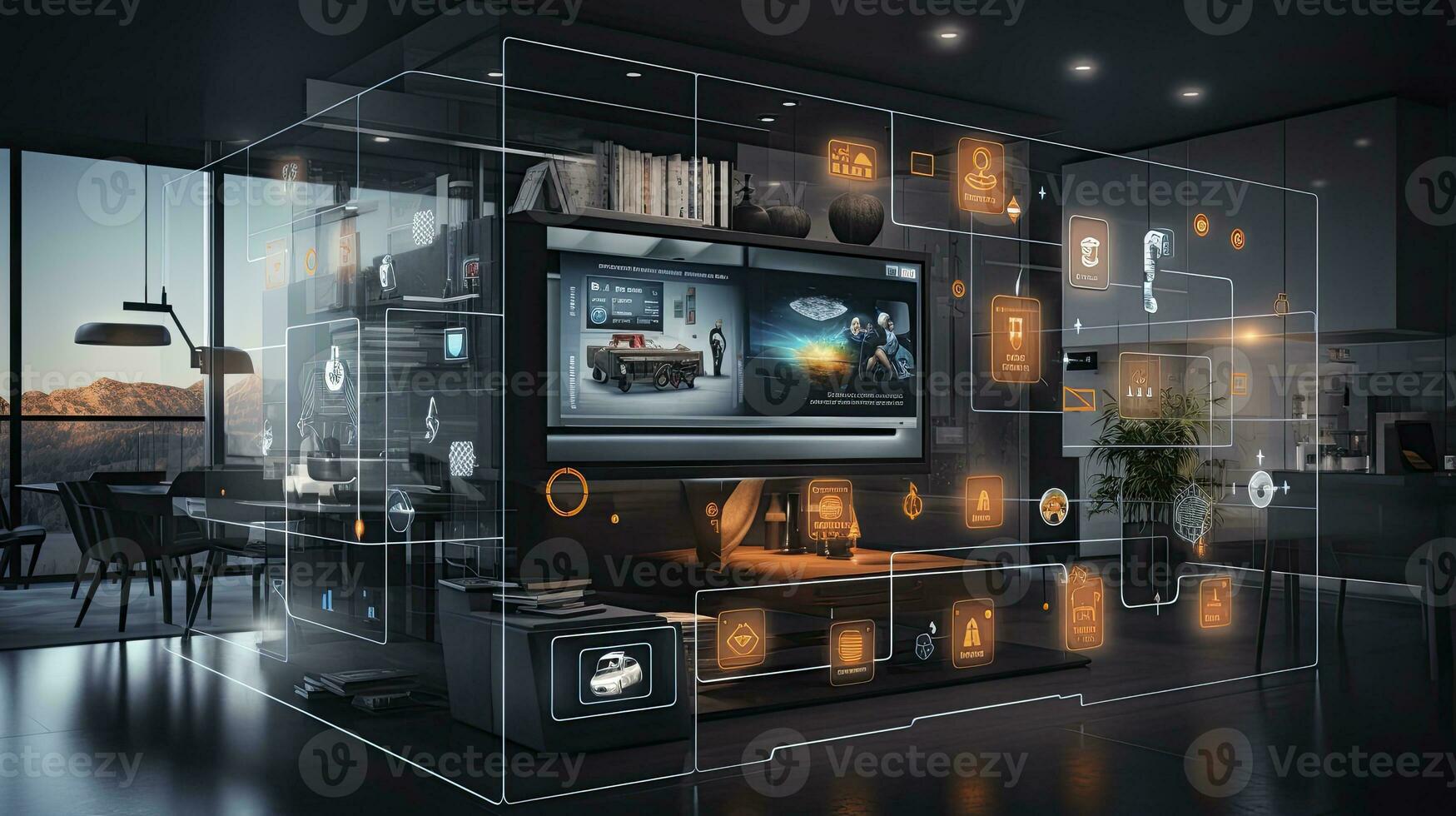The Smart Home Revolution Integrating AI into Everyday Devices is transforming the way we interact with technology in our daily lives. As smart devices become more integrated into our homes, they are not only enhancing convenience but also improving efficiency and security. This revolution is driven by advancements in artificial intelligence, enabling devices to learn from our habits and preferences, creating a more personalized living experience.
From smart thermostats that adjust temperatures automatically to AI-powered security systems that recognize faces, the possibilities are endless.
Today, we explore how this integration of AI is reshaping our households, the benefits it brings, and the potential challenges that come with it. With technology evolving rapidly, understanding the smart home landscape is essential for anyone looking to embrace the future of living.
In today’s fast-paced world, the way we communicate has evolved significantly, especially with the rise of digital technology. The advent of smartphones, social media, and instant messaging applications has transformed our interpersonal interactions, making them more immediate yet sometimes superficial. It’s fascinating to examine how these changes impact our daily lives and relationships.One major change is the speed at which we send and receive messages.
With just a few taps on a screen, we can connect with someone halfway across the globe. This immediacy can be both a blessing and a curse. On one hand, the ability to communicate instantly fosters a sense of closeness and connection, allowing us to share moments in real-time. Whether it’s a photo from a recent trip, a quick update about our day, or simply a funny meme, digital communication keeps us engaged with friends and family.However, this rapid-fire exchange of messages often comes at the expense of deeper conversations.
In the quest for efficiency, many people resort to abbreviations, emojis, and shorthand expressions that can sometimes obscure meaning. The nuances of tone, facial expressions, and body language, crucial elements of effective communication, are often lost in text. Consequently, misunderstandings can arise more easily, leading to conflicts that might have been avoided with face-to-face interaction.Moreover, the rise of social media platforms has introduced a new dimension to communication.
While these platforms offer opportunities for self-expression and connection with others, they can also promote a culture of comparison and competition. The carefully curated ‘highlight reels’ that individuals present often lead to feelings of inadequacy among peers. It’s essential to remember that what we see online is typically a sanitized version of reality, and striving for perfection can be detrimental to our mental well-being.In addition to personal relationships, the workplace has also seen significant transformations due to changes in communication styles.

Remote work, a trend accelerated by the COVID-19 pandemic, has prompted a shift in how colleagues interact. While virtual meetings and collaborative tools like Slack and Zoom have made it possible to work together from different locations, they also come with their own set of challenges. Navigating communication in a hybrid work environment requires adaptability and a willingness to engage with new technology.Effective communication in the workplace is critical for success.
Teams that prioritize open dialogue and transparency are more likely to foster a collaborative atmosphere. Techniques such as regular check-ins, feedback sessions, and team-building activities can enhance relationships among colleagues, ultimately leading to increased productivity and job satisfaction. It’s important to create an environment where team members feel comfortable voicing their thoughts and concerns, as this can lead to innovative solutions and a stronger organizational culture.One interesting aspect of modern communication is the influence of cultural factors on how we interact.
As globalization continues to blur the lines between countries and cultures, we are increasingly exposed to diverse modes of expression. Understanding these differences is crucial, particularly in international business settings. Cultural nuances can significantly impact negotiation styles, conflict resolution, and even casual conversations. Being mindful of these variations can enhance cross-cultural communication and foster mutual respect.Furthermore, the evolution of technology has led to the creation of various tools designed to enhance communication skills.
From language learning apps to public speaking courses, the resources available for personal development are vast. Investing time in improving our communication abilities can yield significant benefits, both personally and professionally. Engaging in active listening, practicing empathy, and honing our writing skills are all essential components of effective communication.In conclusion, while the landscape of communication has changed dramatically thanks to technology, the fundamental principles of effective interaction remain constant.
Striking a balance between leveraging digital tools and fostering genuine connections is key to navigating our modern world. By being aware of the nuances of communication, both in personal and professional contexts, we can build stronger relationships and create more meaningful interactions. As we move forward, embracing these changes while prioritizing authenticity and understanding will be crucial for our collective well-being.



